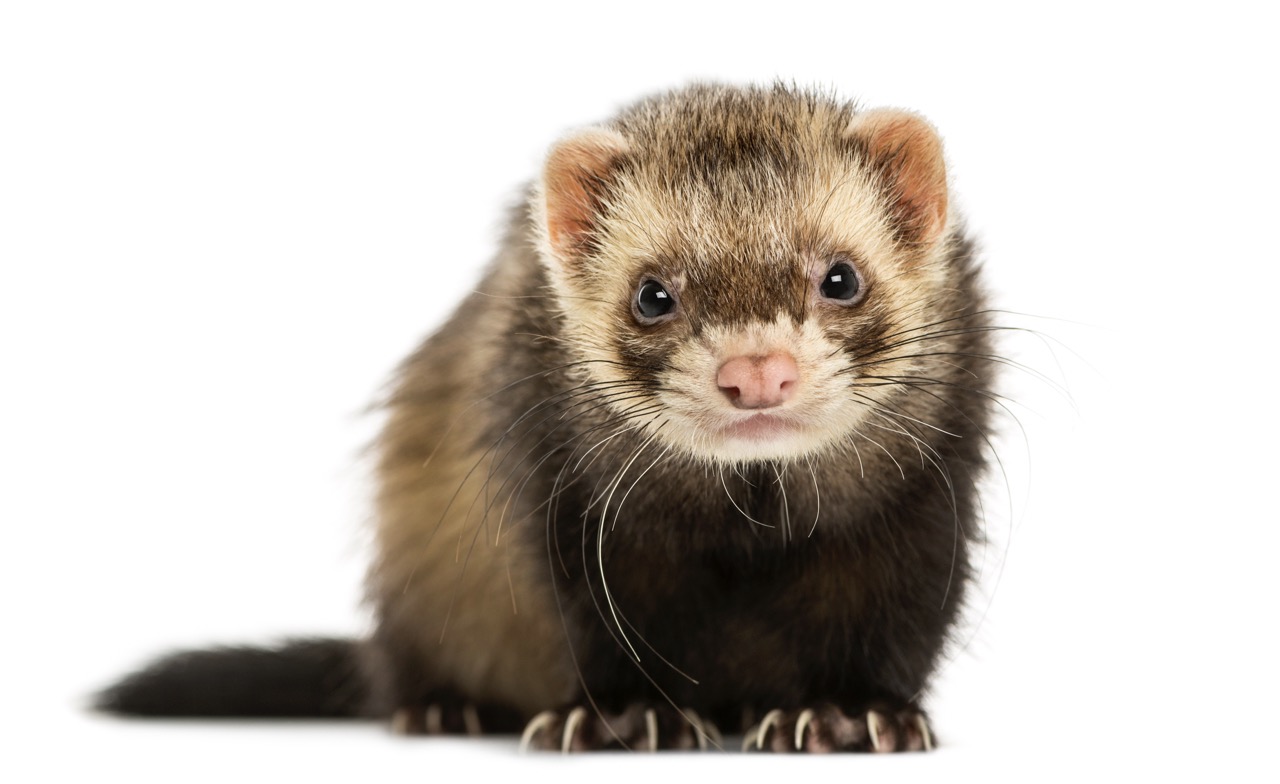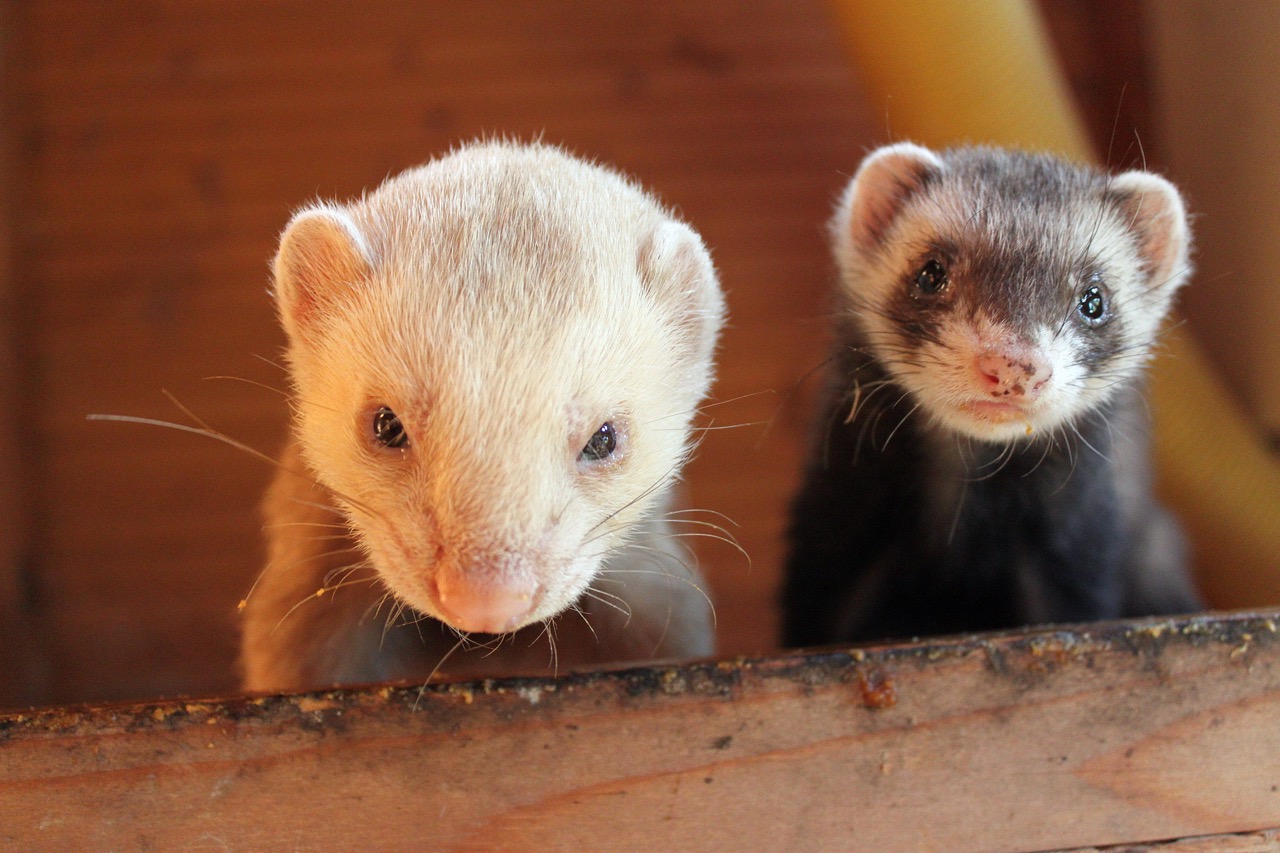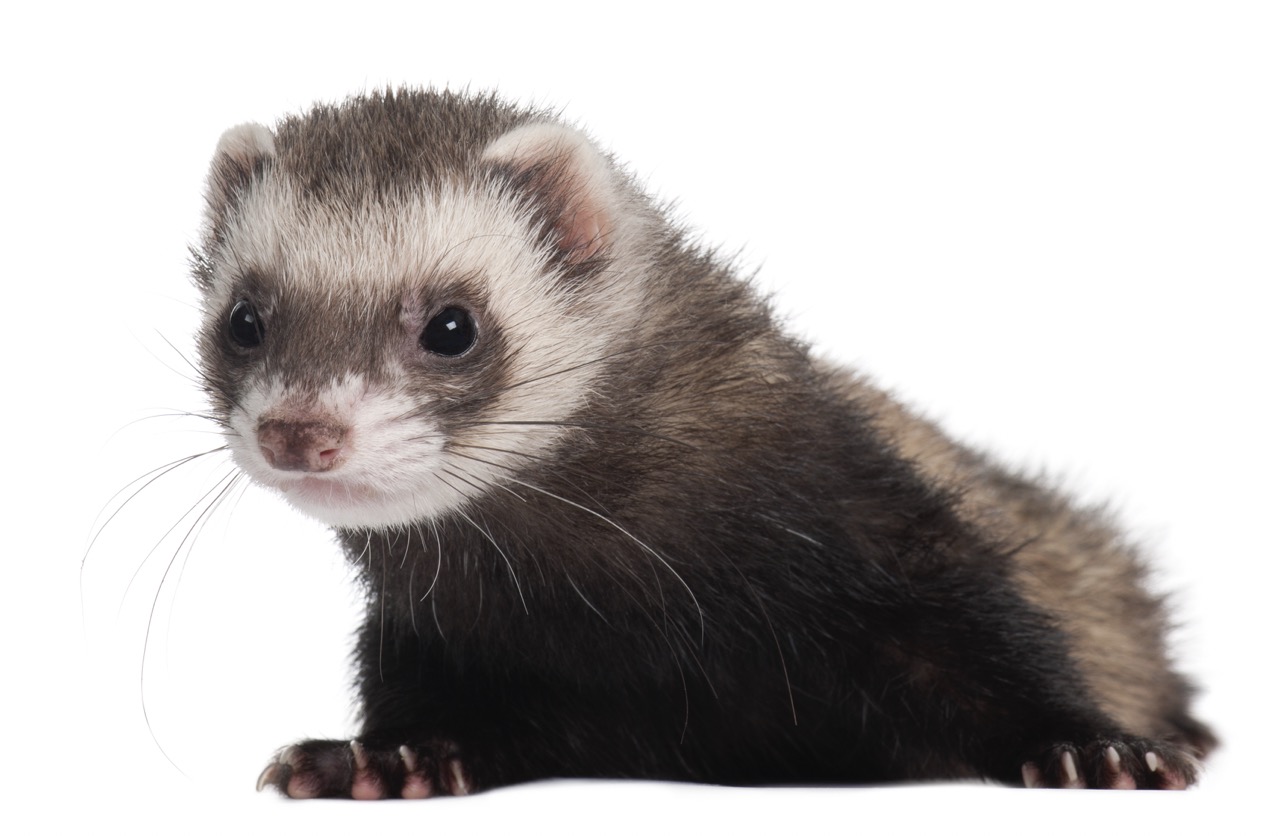Ferrets are fascinating creatures, known for their playful nature and inquisitive behavior. However, a deeper understanding of their reproductive systems reveals much about their behavior patterns, especially during specific life stages. This article delves into the intricacies of ferret reproductive anatomy, the hormonal influences on their behavior, the implications of seasonal breeding, and practical insights for ferret owners and breeders in managing behavior effectively.
Understanding Ferret Reproductive Anatomy and Function
Ferrets belong to the weasel family and have unique reproductive systems that differ significantly between sexes. Male ferrets, or hob, possess testicles that descend into a scrotum, usually becoming prominent during the breeding season. Female ferrets, or jills, have a more complex reproductive anatomy, including a bifurcated uterus and a vaginal canal that can be considerably affected by hormonal cycles.
The reproductive cycle in female ferrets is notable for its pronounced estrus phases, wherein they can remain in heat for extended periods if not bred. This prolonged period can lead to serious health issues, such as aplastic anemia, if the jills are not mated, as their bodies continue to produce estrogen without the counterbalance of progesterone. Understanding these anatomical and functional aspects is crucial for breeders and owners alike, as they can significantly impact a ferret’s health and behavior.
In contrast, male ferrets experience a surge in testosterone during the breeding season, which influences their behavior. It’s essential to distinguish between the different reproductive stages in ferrets to appreciate how these anatomical features shape their behaviors, such as aggression, territoriality, and mating rituals.
The Impact of Hormones on Ferret Behavior Patterns
Hormonal fluctuations during the breeding season are pivotal in shaping ferret behavior. In male ferrets, increased testosterone leads to heightened aggression and territorial behaviors. This can manifest as fighting, marking territory with urine, and attempts to assert dominance over other ferrets. These behaviors are instinctual and are part of the natural breeding competition among males.
In females, the effects of estrogen during estrus can lead to a variety of behavioral changes. Jills may become more vocal, displaying increased restlessness and a desire to escape their enclosures in search of mates. This behavior is driven by their reproductive instincts, showcasing the importance of hormones in influencing not only the physical state of the ferret but also its emotional and behavioral responses.
Understanding these hormonal impacts is crucial for ferret owners, as it enables them to anticipate and manage certain behaviors, especially during the breeding season. Awareness of these changes helps in creating a suitable environment for ferrets, reducing stress, and ensuring a harmonious household.
Seasonal Breeding and Its Influence on Activity Levels
Ferrets are seasonally polyestrous animals, meaning their reproductive cycles are highly influenced by environmental factors such as daylight length and temperature. During spring and summer, increased daylight encourages breeding behaviors, resulting in heightened activity levels among ferrets. Owners may observe their pets becoming more spirited, playful, and engaged during these months.
As the breeding season progresses, ferrets may exhibit increased socialization behaviors, exploring their surroundings more vigorously. This seasonal activity is essential not only for potential breeding but also for stimulating mental and physical exercise. Owners should take advantage of this natural increase in activity by providing enriched environments that encourage exploration and play, which can mitigate any unwanted aggressive behaviors arising from hormonal influences.
However, as the seasons change, ferrets will naturally revert to calmer states. Understanding the cyclical nature of ferret activity can help owners plan for periods of heightened energy, ensuring their pets remain engaged. Anticipating these shifts allows for better management of their well-being and behavior.
Managing Behavior: Insights for Ferret Owners and Breeders
To effectively manage ferret behavior linked to their reproductive systems, both owners and breeders must prioritize education about their pets. Recognizing the signs of estrus in females and the behavioral changes in males during the breeding season can help owners respond appropriately, minimizing stress and unwanted behaviors.
Furthermore, spaying and neutering can play a significant role in managing behavior. For jills, spaying eliminates the risk of unwanted estrus and its associated health complications, while neutering males can reduce aggressive behaviors and territorial marking. This proactive approach not only benefits the ferret’s health but also enhances the quality of life for both the pet and its owners.
Creating an enriched environment is also vital for managing ferret behavior. Providing toys, tunnels, and opportunities for social interaction can keep ferrets engaged during their active periods. It is crucial for ferret owners and breeders to develop a tailored approach to their pets’ care, acknowledging the profound impact that reproductive systems and their associated behaviors have on overall well-being and happiness.
Understanding how ferret reproductive systems impact behavior is essential for anyone involved with these charming creatures. From recognizing the significance of their anatomy to managing the behavioral effects of hormones and seasonal breeding, such knowledge empowers owners and breeders alike to make informed decisions. By fostering an enriched environment and considering spaying and neutering options, ferret enthusiasts can enhance the quality of life for their pets, promoting healthier and happier ferrets for years to come.










